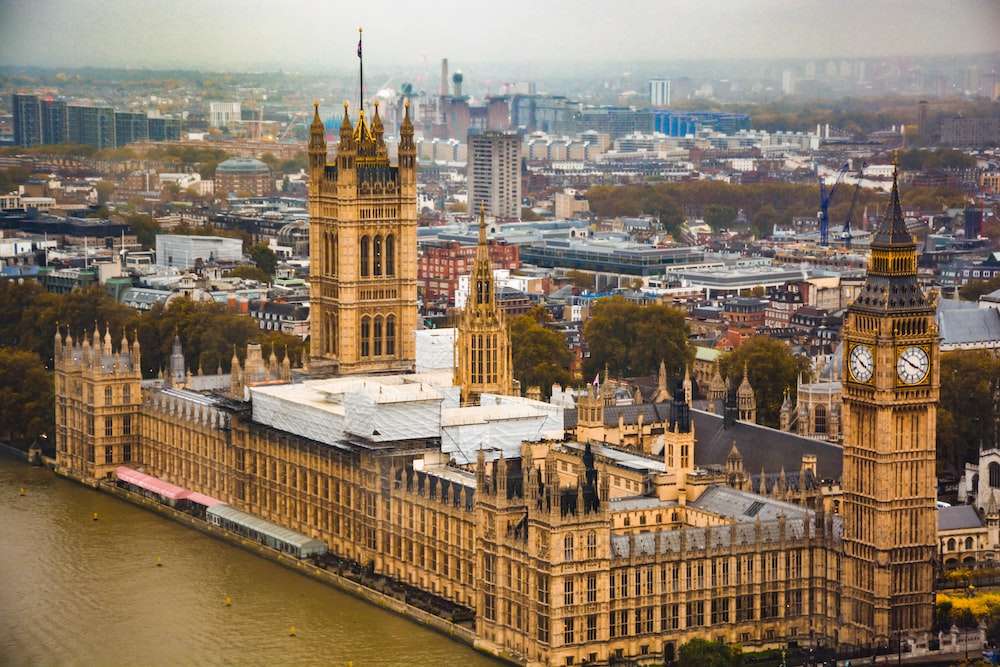The third webinar of Martyn Fiddler Aviation’s UK Tax Week drew attention to some common misconceptions regarding the new UK tax territory.
What is the Difference Between Registration and Importation?
Aircraft registration and importation are often confused based on the assumption that one being in place automatically means the other is also in effect, for example that if an aircraft is on an EU aircraft registry this means that it has been EU imported. Historically, if an aircraft was registered under a European country registration it could also be assumed to have been imported, however after the creation of the European Union (EU) single market this link was mostly broken and there is now generally no direct connection between the two for VAT and customs purposes In the UK there is no longer any connection between the two, however some countries do retain this connection, at least in part, for example Greece and Germany.
Flying rights vs Customs status
There has been much discussion regarding flying rights since the UK left the EU, specifically about third country operator approvals to carry out charter flights, either within the UK or within the EU. It is important to obtain any civil aviation authority’s permissions in order to carry out a charter flight in a territory where an aircraft does not hold a local registration, but this is distinct from the customs status of an aircraft. Any aircraft that is operating charter within a customs territory should be imported into that customs territory but it will also need to obtain any necessary flying rights and permissions. Flying rights generally are related to the aircraft registration, but, as noted above, a local aircraft registration doesn’t necessarily mean that the aircraft is also imported and therefore flying rights and customs status should be treated as separate considerations.
Is it possible to import into multiple jurisdictions at the same time?
There is always a binary choice when it comes to looking at the import status of your aircraft in a customs territory. Does the aircraft need to be imported or would Temporary Admission (or another customs relief) suffice? Depending on the operation of the aircraft, and where it is used, it is possible to be imported into one or multiple territories, or none at all if you meet the conditions to use Temporary Admission there. Equally, being imported into one territory does not mean you are imported into any others. The important point will be to consider the use of your aircraft in each individual territory, and to compare this against the rules and requirements for an import or Temporary Admission for that territory. One example would be the UK and EU, now that the UK is a separate VAT and Customs territory to the EU. The creation of two separate Customs territories now means that it will be important to consider how much the aircraft is used in each of the two new territories and to decide whether to import into one, both or neither.
Has anything changed in the UK post Brexit?
In practice, almost nothing has changed in terms of UK rules. The customs rules that were in effect in the UK pre-Brexit have almost all been retained for the new UK Customs territory. The UK has the same customs tariffs and VAT rates as before (most at zero per cent), and there remain no customs tariffs between the UK and EU. There are still some control issues to be resolved, (with special arrangements for Northern Ireland), but the only key area of difficulty is that legislation has had to be put into effect very quickly following the late publishing of the trade and cooperation agreement between the UK and EU, and this has led to some hastily drafted guidance which will need revising as time permits.
The UK has introduced a postponed accounting VAT system, and this is one of the only major changes for VAT, whereby import VAT can be deferred and then reclaimed through a VAT registration; providing for a clear cash flow benefit for anyone importing into the UK
The key difference for importation is that the UK is now a separate customs territory from the EU, so an import into the UK (including IOM) is purely an import into the UK and no longer provides access to the EU. Importing into both the UK and EU is still as achievable as it was in the past, but these must now be seen as two separate territories and considered separately.
A special relationship between the UK and the EU, Is the UK unique in this special relationship?
The UK is unique in the sense in that it is the only member state that has left the EU. As part of the UK withdrawal a trade agreement was agreed between the EU and UK on its departure. The UK is not unique in this respect as several other countries have negotiated trade deal with the EU bloc.
In terms of territory it is important to know what now constitutes the EU for customs purposes. For example, Switzerland, Norway, and Iceland are all viewed as part of the European continent but are not in the EU trade block. This is frequently forgotten by clients who are not based in Europe, but is important in respect of whether EU Customs and VAT issues apply to transactions.
Considerations in coming off of a lease – who is the importer?
When an aircraft lease ends, several different outcomes are possible. The importation may been completed in the name of a lessor or the lessee. If the importer was the lessee who is no longer involved with the aircraft then that importation logically falls away, and the aircraft should either be re-imported into or removed from the customs territory.
Another leasing point that we have come across relates to financial leases and where, and when, the aircraft title actually changes hands for VAT purposes. For example title can either transfer for VAT purposes at the beginning of a financial lease, or at the end of the lease, based on the agreement between the parties. This impacts the tax point for VAT but also can impact whether the supply is treated according to the rules applying for supplies of goods or for supplies of services.
Another complication could arise if the lease is between an aircraft owner and an aircraft operator. If the aircraft was operated under a charter business carried on by the aircraft operator then this might be liable to the VAT exemption for qualifying aircraft. If, for whatever reason the requirement for this aircraft ends (and the lease terminates), then the VAT exempt treatment may no longer apply. This will mean that the VAT treatment on the operation and possibly the import may have to be reconsidered.



